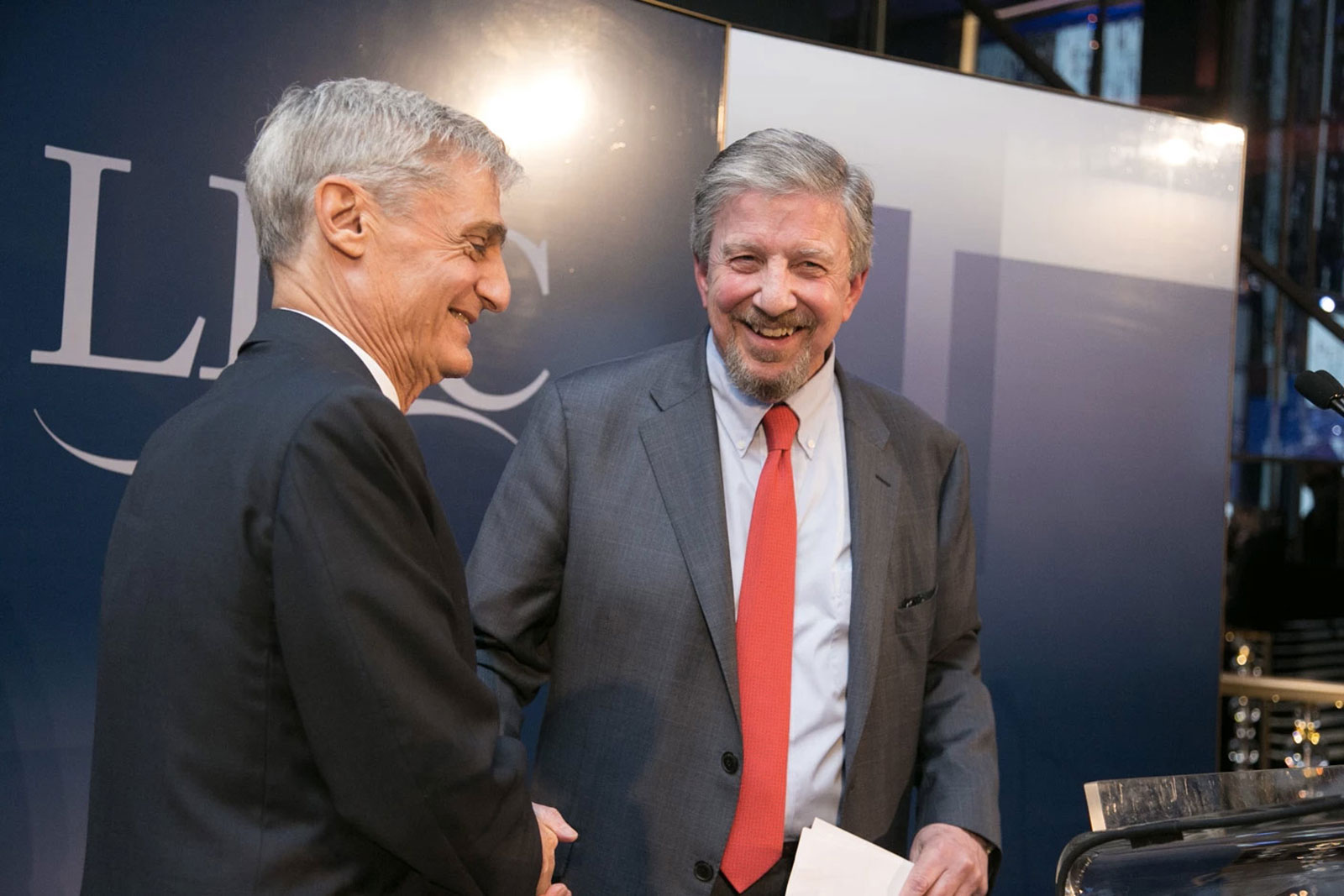When it comes to community development, we often say that the numbers don’t really tell the story.
This is not one of those times.
2015 was the best year in LISC’s history, and the numbers themselves underscore an expanding level of local impact. Last year, LISC did more to fuel a better quality of life for low-income people than at any time in our 36 year history.
That record includes a number of program and investment milestones. We financed 21,000 affordable homes and apartments, for instance — the most ever for LISC in a single year. Those investments were often the catalyst for additional development that reduced blight and crime. We opened our 80th Financial Opportunity Center and in many centers expanded the programs to help clients build a more stable financial future. We also established multiple new partnerships in communities across the country that more directly take on poverty as a public health crisis while simultaneously energizing economic development projects in dozens of urban and rural areas.
Last year, LISC did more to fuel a better quality of life for low-income people than at any time in our 36 year history.
All of that contributed to our $1.3 billion in program and investment activity for 2015, by far our most productive year to date. We are carrying that momentum into this year and look forward to a strong 2016 both for LISC and the communities where we work.
This annual report captures our hope for even better results, but for us, this is also a moment of nostalgia. With Michael stepping down after 17 years as CEO this summer, this is our last annual report with both of us at the helm of this great organization. We have shared a tremendous partnership and friendship over those years — one that helped us push LISC into untested waters to drive greater change and at other times to hold steady when challenges threatened our progress.
When we met back in 1999, as the new chairman and new CEO of LISC, the organization was facing substantial hurdles. Some were of our own making and others were connected to the inevitable trial and error required to advance the field of community development. The lessons we learned then, as well as in the years since, are part of why we are flourishing today, stronger financially and programmatically than ever before and more effective in helping low-income families and improving the places where they are struggling to get by.
Though LISC’s work is vastly different than it was 17 years ago, our measuring stick for success endures. We evaluate our investment and outcome numbers, and use them to help build plans for the years to come. But we also never forget our true bottom line: are we really helping to make these places better and the people who live there better off? That’s our “so what” question. Certainly, the data show that the communities where LISC works are more resilient than similar areas where we don’t. But metrics can’t replace a walk down the street. Community development doesn’t happen “for” neighborhoods or “to” neighborhoods; it happens “with” the local people who know their neighborhoods best. When we succeed, we can see it, but they can feel it in the quality of their parks and shops and homes and schools. They know.
This year’s annual report offers a particular focus on housing — a subject of some controversy in recent years as debates about fair housing escalated and the national shortfall in affordable housing deepened. Housing was our focus at our founding in 1980 and it remains central to our work.
Metrics can’t replace a walk down the street. Community development doesn’t happen “for” neighborhoods or “to” neighborhoods; it happens “with” the local people who know their neighborhoods best.
Toward that end, the National Equity Fund (NEF), our investment affiliate, closed a record $970 million in investments in 2015 — a staggering figure for those of us who were around when the Low Income Housing Tax Credit was created in 1986 and when we launched our first NEF fund for less than $14 million the following year.
None of the work we do is possible without the commitment of funders and the remarkable efforts of local nonprofit and community leaders who are the real trailblazers. They’re on the front lines fighting every day to test new ideas, build community consensus and scale up promising programs. It is a daunting task. And even as we celebrate a record year we don’t underestimate the challenges ahead. More than 50 years after President Johnson’s landmark War on Poverty, millions of Americans still anguish every day over how to keep a roof over their heads, food on the table and their families safe and healthy. Those numbers — their struggle — is why LISC exists. We are working hard to extend our reach, so they can live in places that give them the chance to extend theirs.
Michael Rubinger
President & CEO
Robert E. Rubin
Chair
